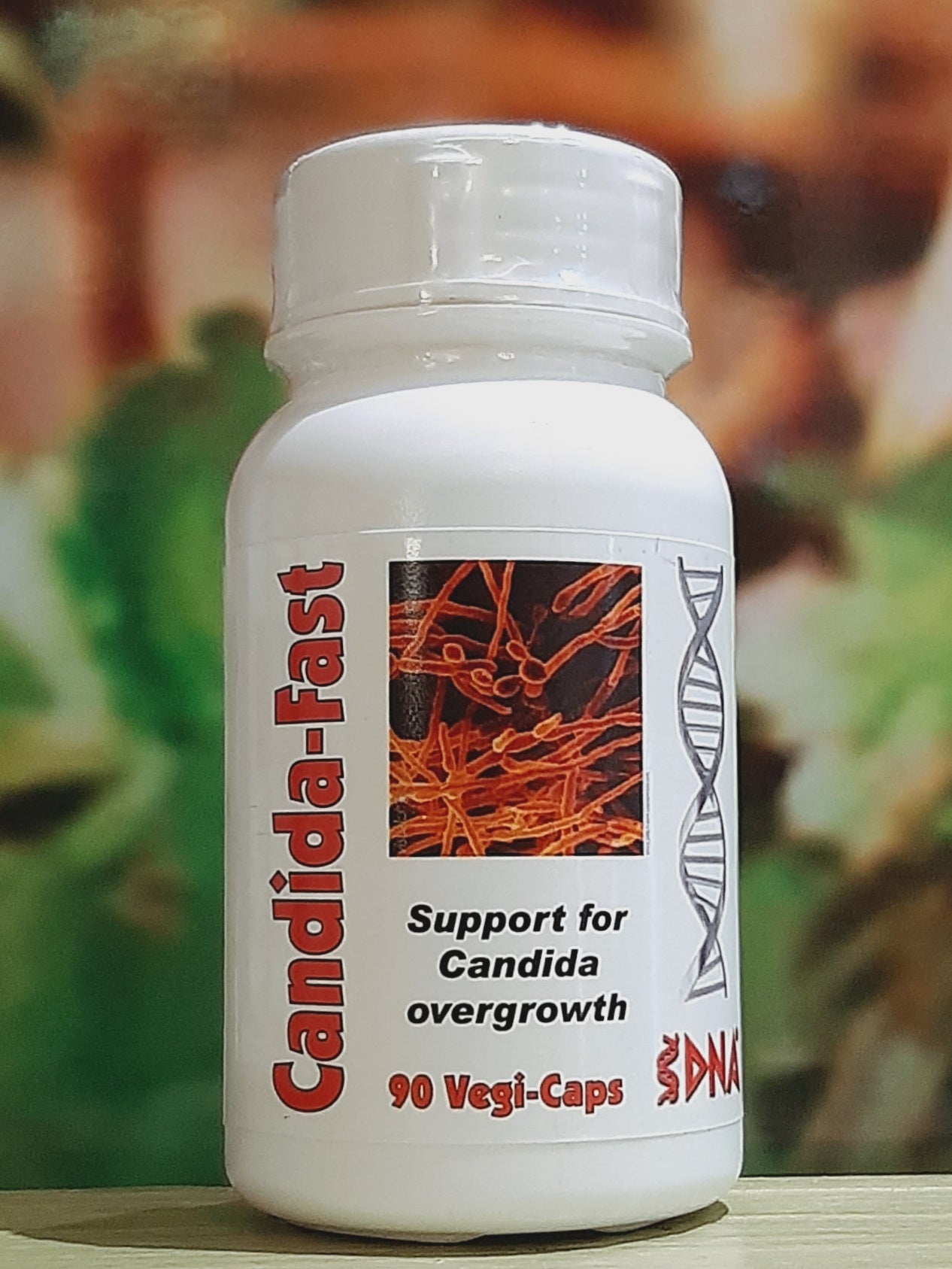
DNA Candida-Fast 90 capsules
Candidiasis, also called thrush or moniliasis, is a yeast infection. Candida albicans is an organism that normally makes a quiet home for itself on your skin and doesn't bother anyone. We all carry this organism on our skin, in our mouth, in our gastrointestinal tract (gut), and, in the case of women, in the vagina.
Occasionally the yeast multiplies uncontrollably, causing pain and inflammation. Candidiasis may affect the skin. This includes the external surface skin and the skin of the vagina, the penis, and the mouth. Candidiasis may also infect the blood stream or internal organs such as the liver or spleen. By far the most common problems are skin, mouth and vaginal infections. It also is a common cause of diaper rash. These can be bothersome infections but are not life threatening.
Candidiasis can kill if it reaches the bloodstream or vital organs such as the heart, but this is rare even in people with damaged immune systems and is almost unheard of in healthy people. Nevertheless, candidiasis is a constant nuisance, and sometimes a serious threat to people with AIDS and some cancer patients who lack the immune resources to fight it.
Causes of Candidiasis
You don't catch candidiasis. The yeast is already there.A number of factors can increase the chance of the yeast growing out of control. The leading cause is overuse of antibiotics. Yeast must compete for the right to live on us with various other organisms, many of them bacteria. These bacteria, which live on the skin and in the intestine and vagina, among other places, are harmless but good at fighting off yeast. When we take antibiotics to deal with less friendly bacteria, we kill off these harmless ones as well. Yeast, which is unaffected by antibiotics, moves into the vacated spots once occupied by bacteria, and starts to grow and multiply.
Steroids and some cancer medications weaken the immune system and can allow yeast to flourish. Candida albicans infections of the mouth (known as oral thrush) most often develop in people with diseases such as cancer and AIDS. They can also develop in people with diabetes or in people who have long-term irritation resulting from dentures. Taking birth control pills increases your chances of getting vaginal candidiasis. Hot weather and tight clothing are also risk factors, as they create the ideal environment for candida.
Common symptoms of Candida infection:
- Skin and nail infections
- Feeling tired, run down or suffering from chronic fatigue
- Digestive issues such as constipation or diarrhoea
- Strong cravings for sugar and refined carbohydrates
- Skin issues such as eczema, psoriasis and rashes
- Irritability, mood swings, anxiety and depression
- Vaginal and Urinary tract infections and vaginal itching
- Fibromyalgia
Ingredients:
Echinacea supports the immune system in the fight against candida.
Sodium Caprylate, a fatty acid, which occurs naturally in coconuts. It does not adversely affect beneficial organisms. It is fat-soluble, so will penetrate cell membranes. It survives digestive processes and is able to reach the colon. Caprylic acid (Sodium Caprylate) is often used in the nutritional world in order to combat overgrowth of yeast and fungi in the colon, especially the growth of Candida albicans.
Amla had known antifungal properties and suppresses the growth of these types of fungi. Burdock is an anti-fungal and is also used to purify the bloodstream and internal organs of toxins.
Zinc. Candida is killed by metallothionein (MT) proteins which are normally in high concentration in intestinal mucosa. MT is induced by zinc.
Oregano has two microbial chemicals that actually dehydrate all varieties of fungi and yeasts without harming good bacteria.
# candida


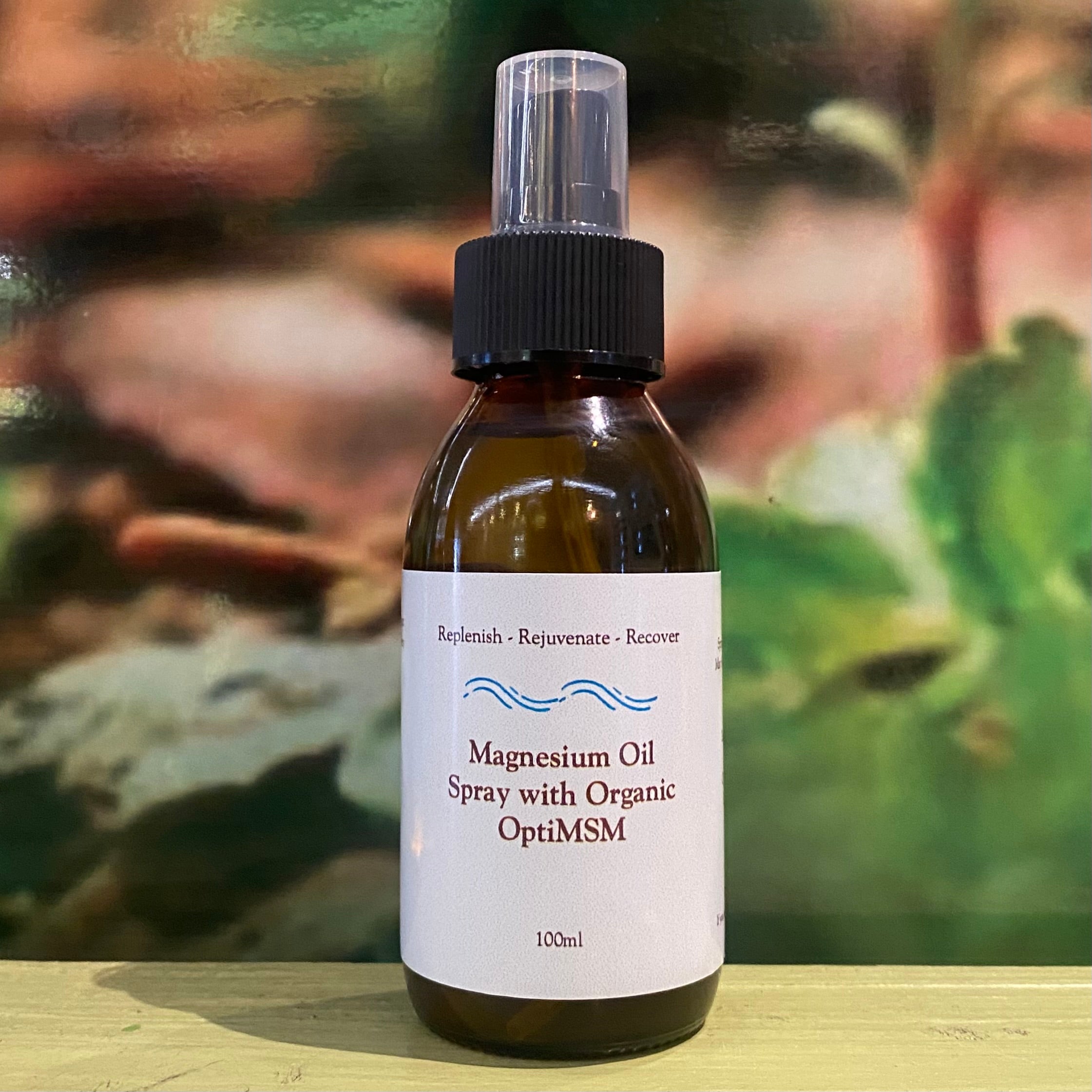

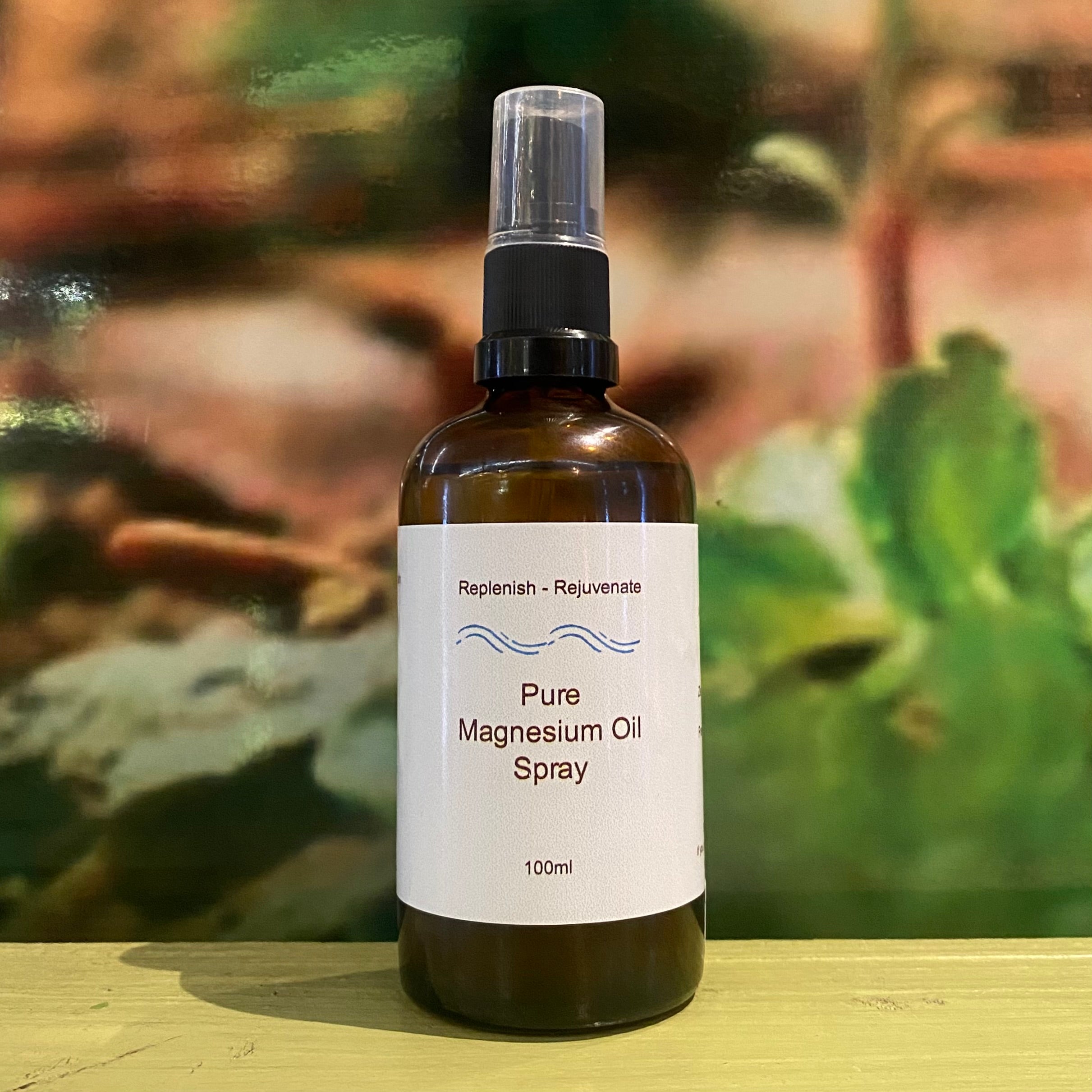
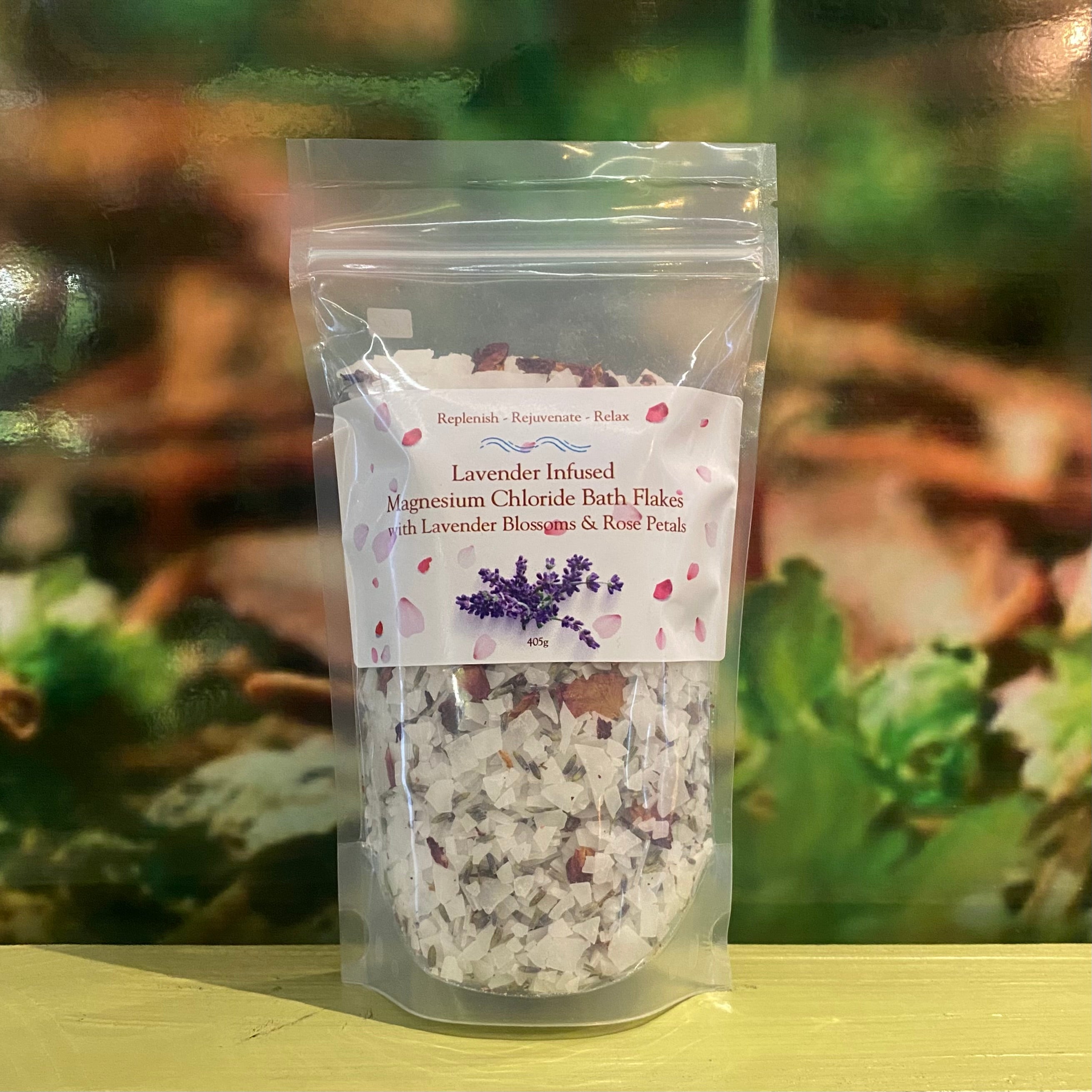
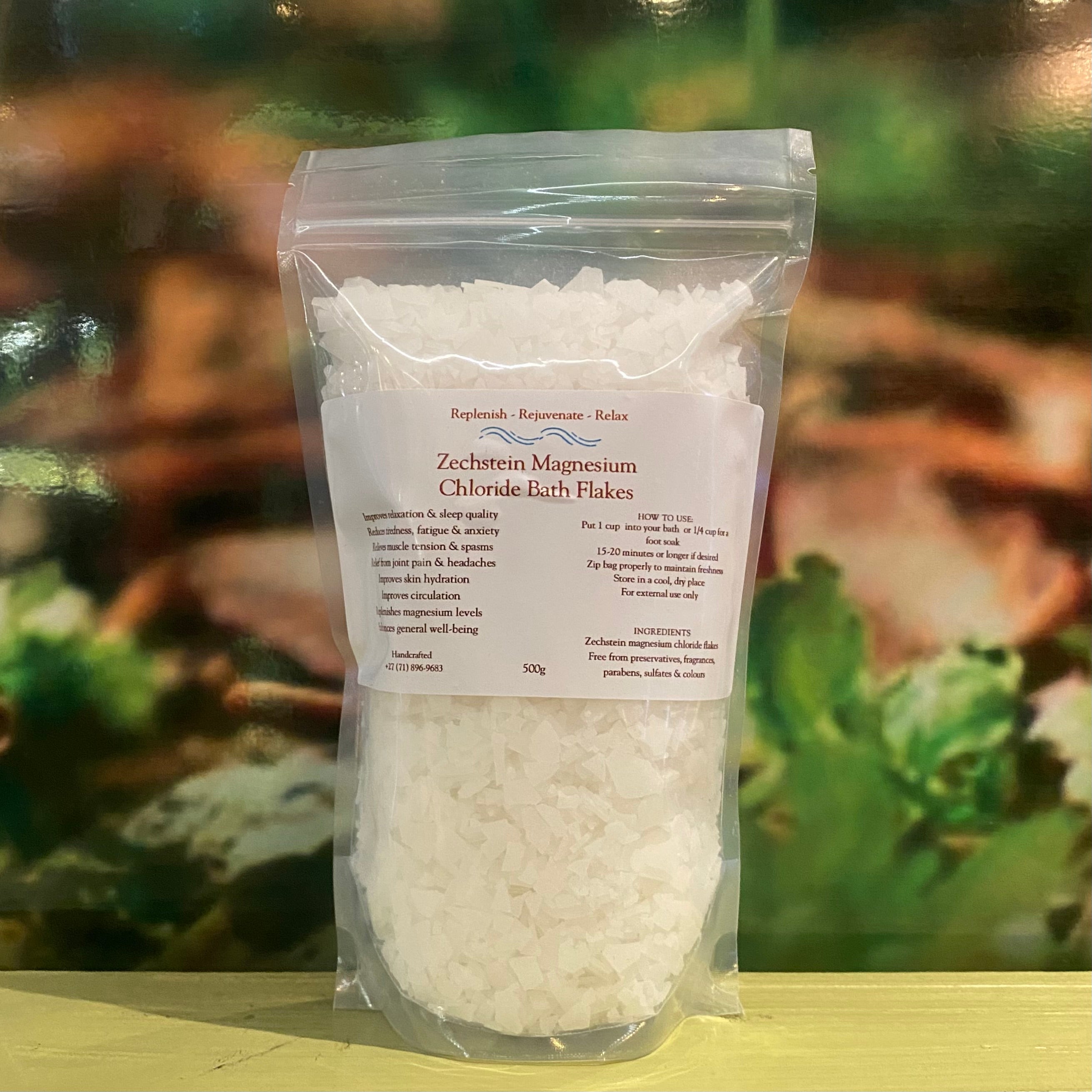
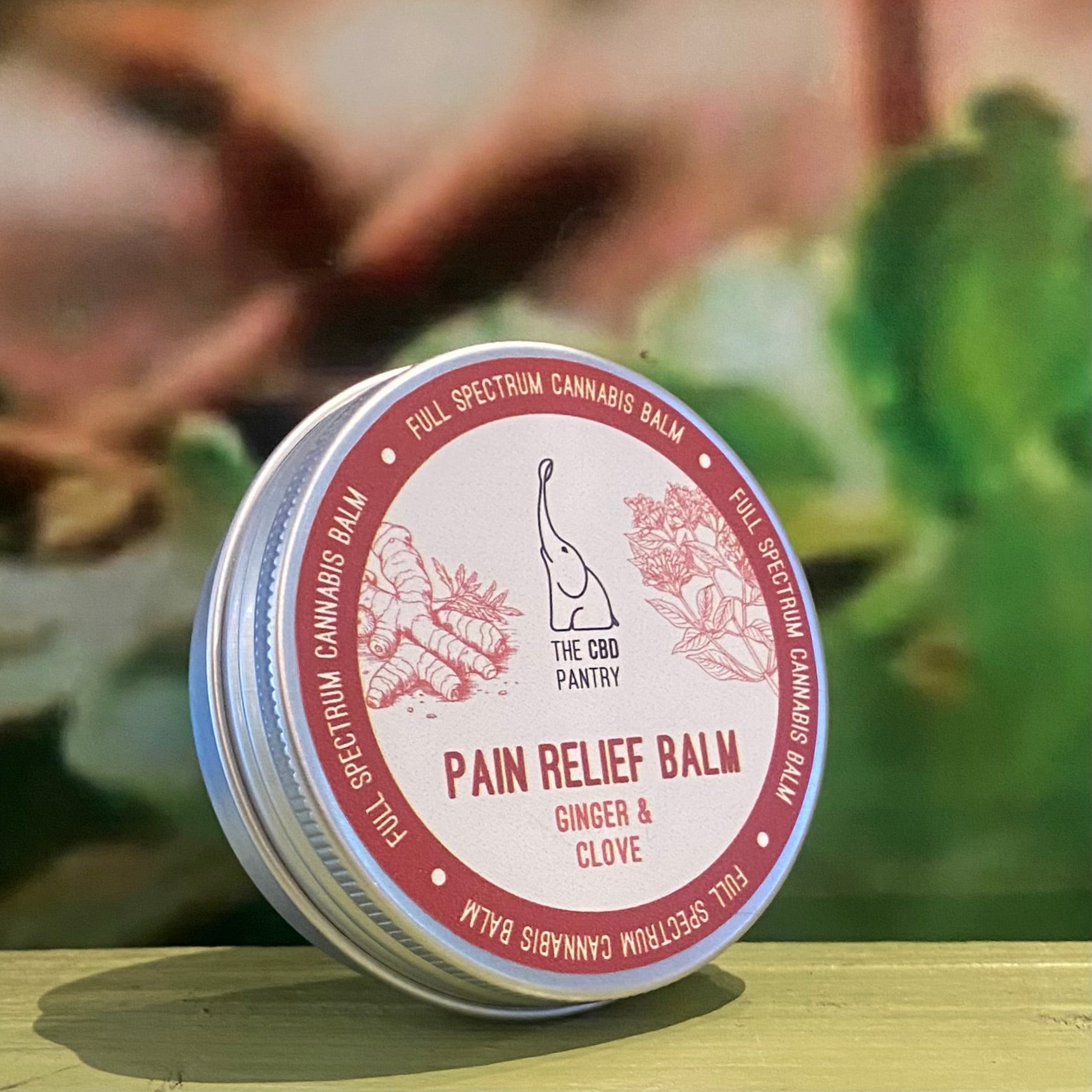
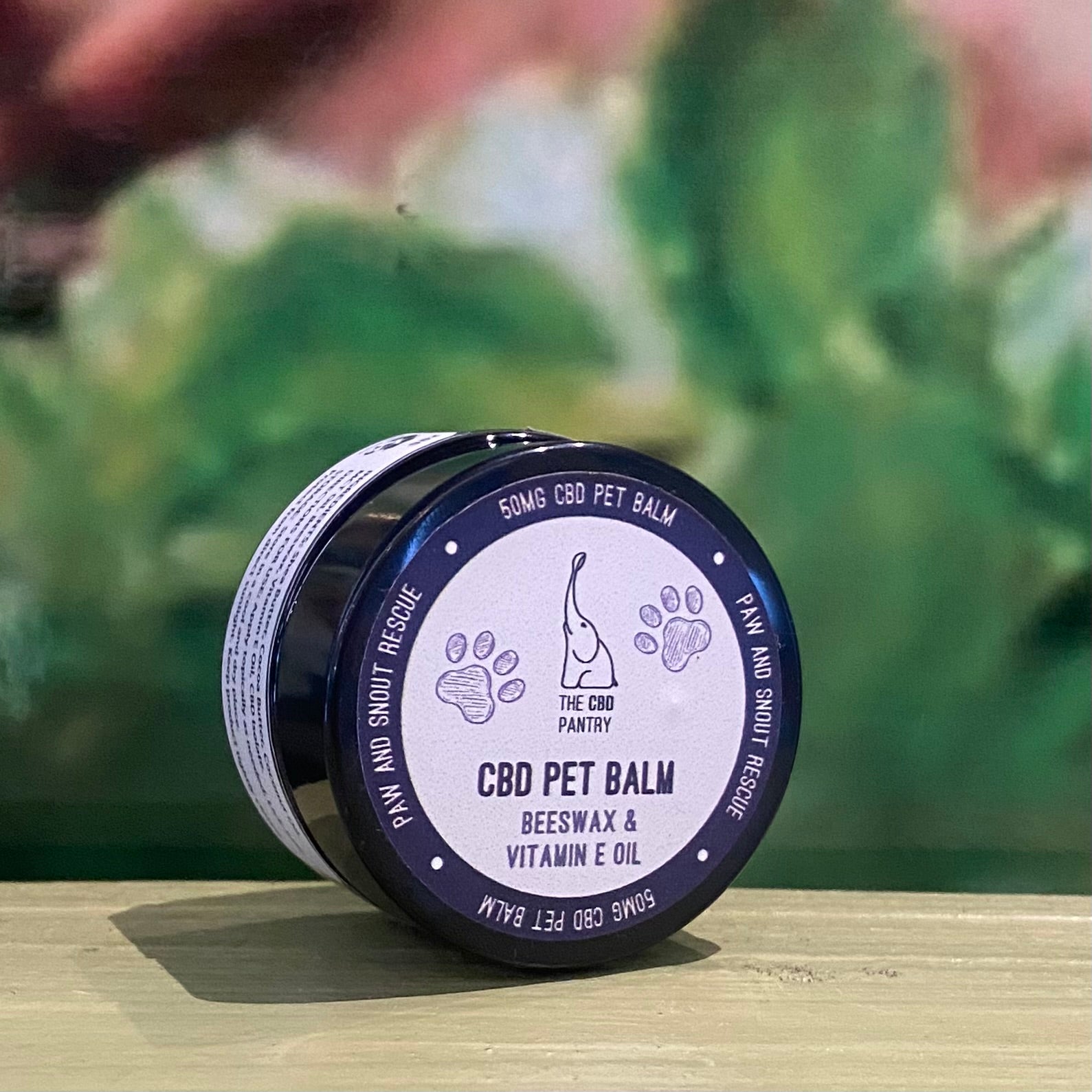
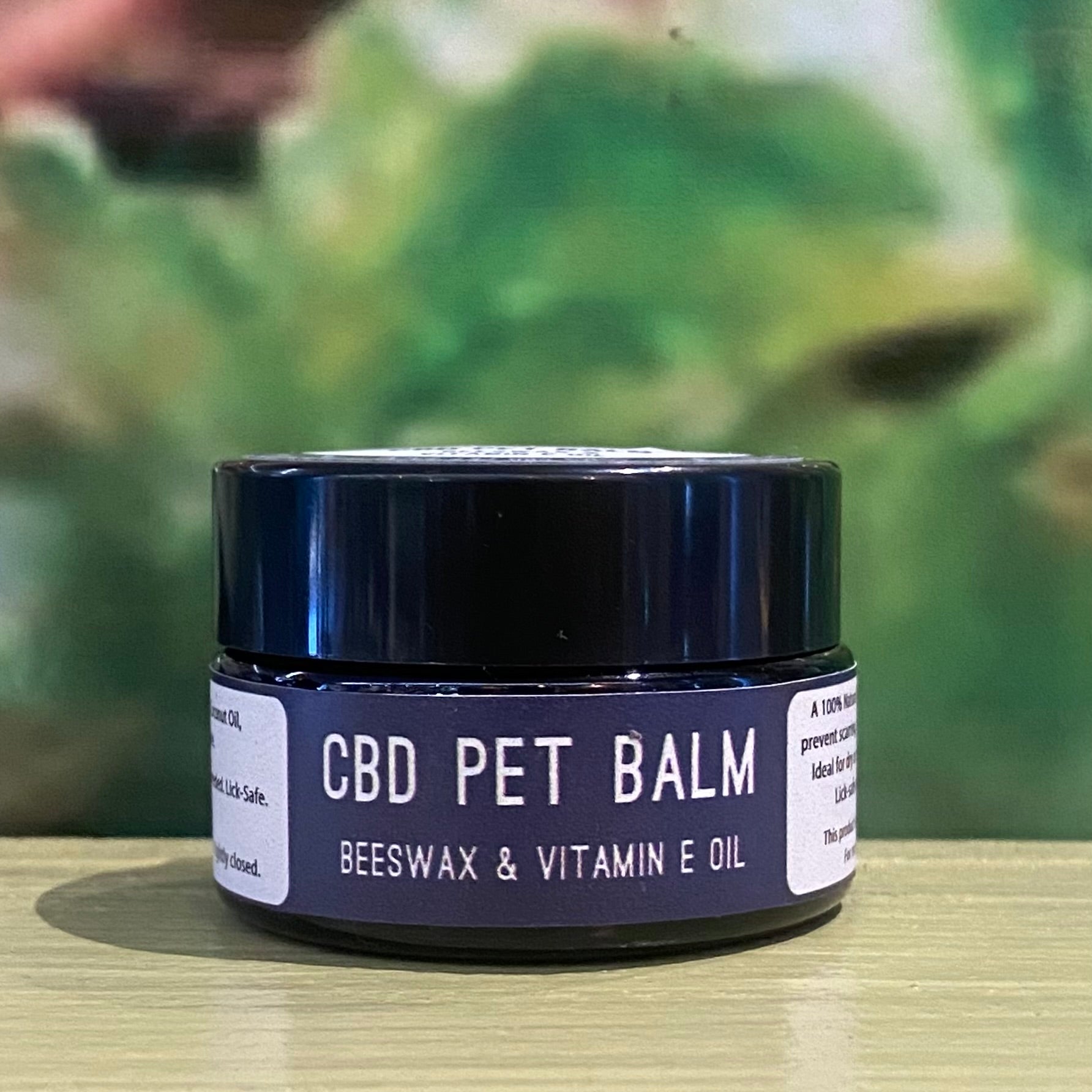
 Whatsapp us!
Whatsapp us!